Hey Bud!
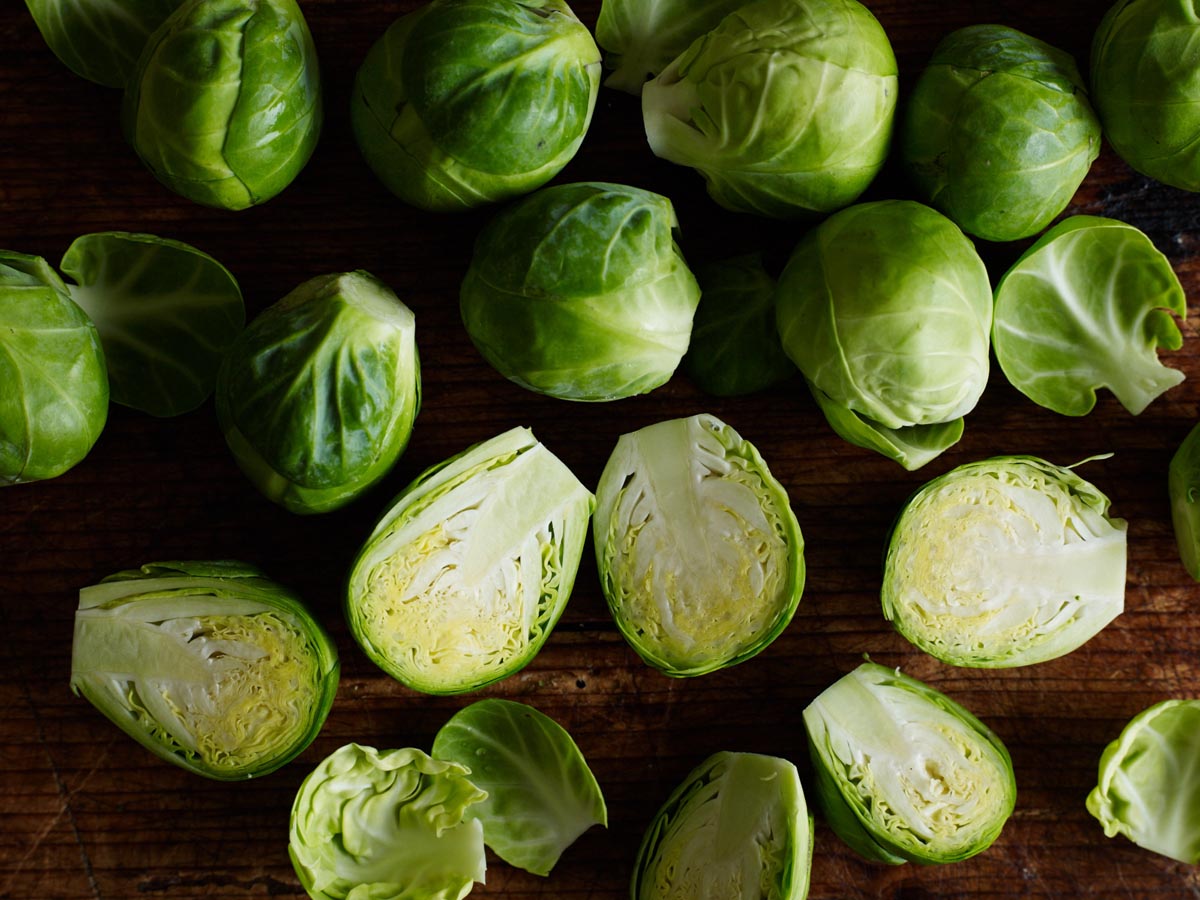
Brussels sprouts look cuter than cabbage, and they can taste a whole lot better, too, if you arm yourself with a few must-do’s …

Brussels sprouts look cuter than cabbage, and they can taste a whole lot better, too, if you arm yourself with a few must-do’s …
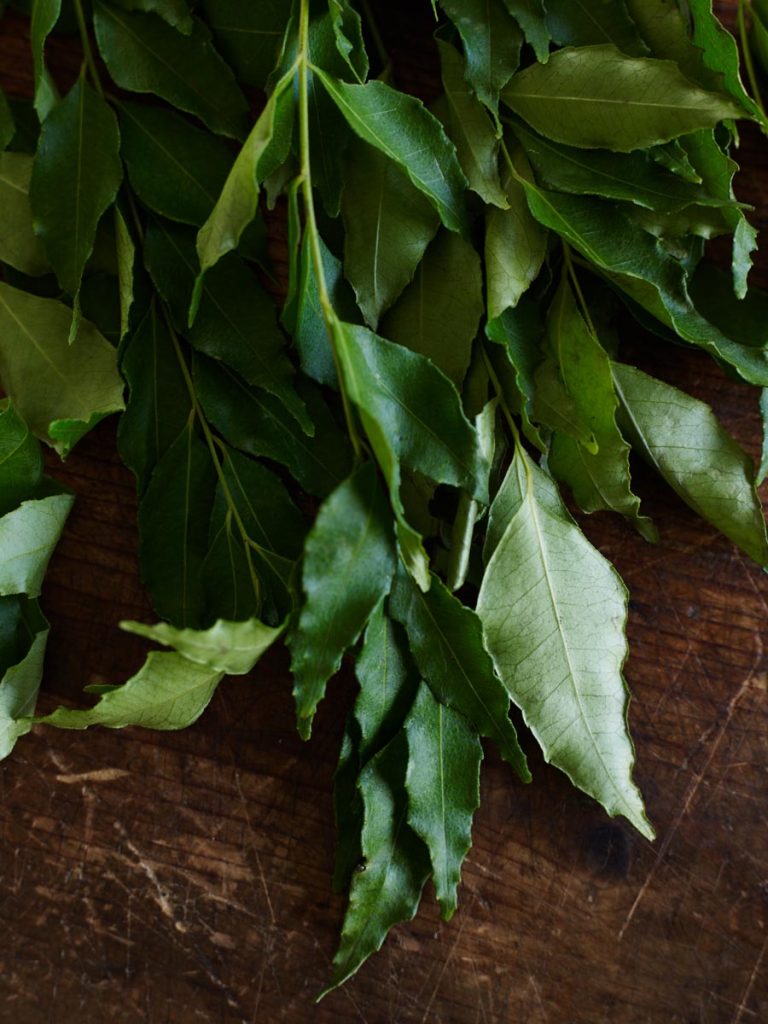
Aromatic spicy leaves that splutter and scent the air when dropped into hot oil …
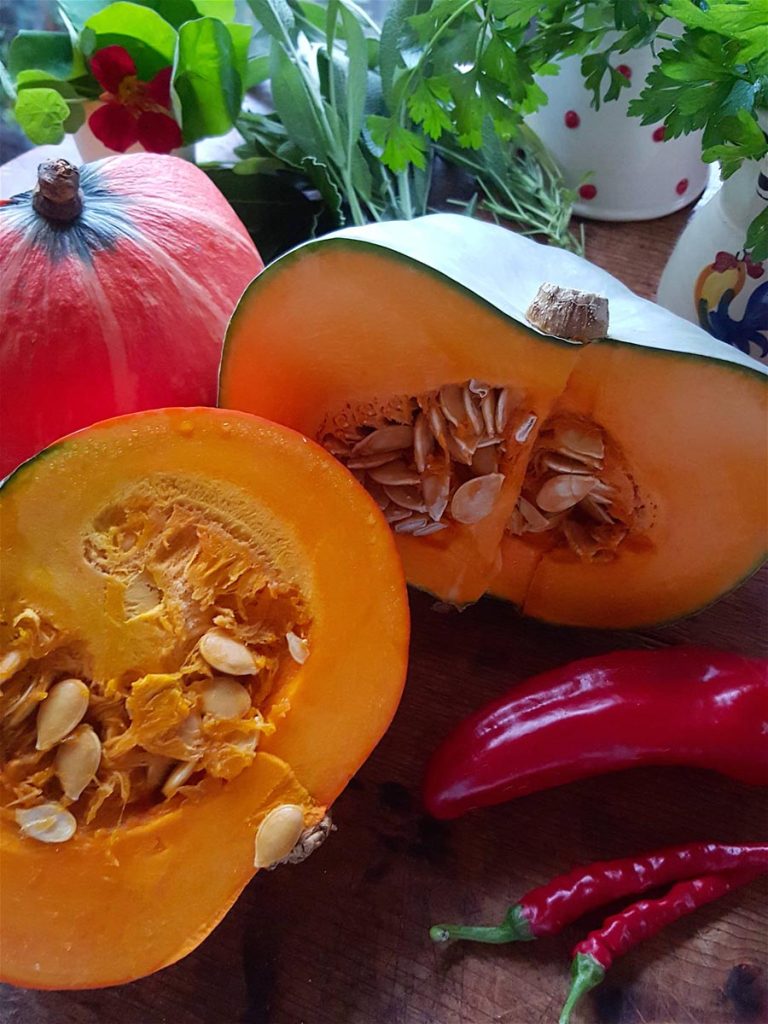
Glorious pumpkins … but which one to use for which job?
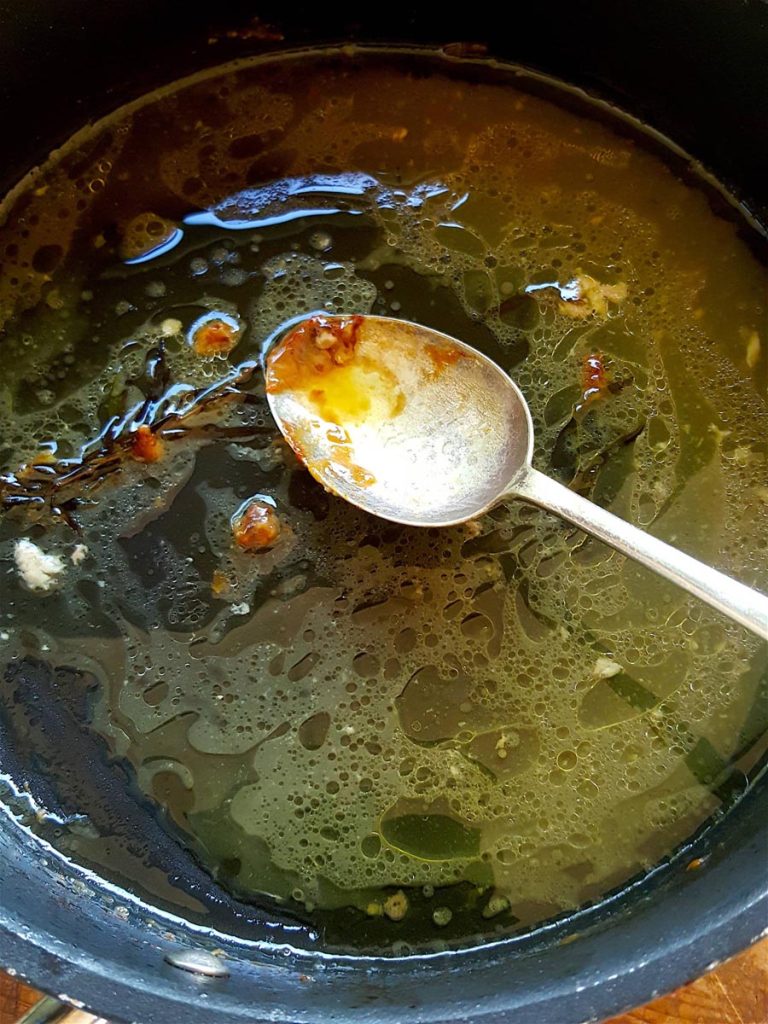
Give a shout-out for glossy lump-free gravy. Yay!
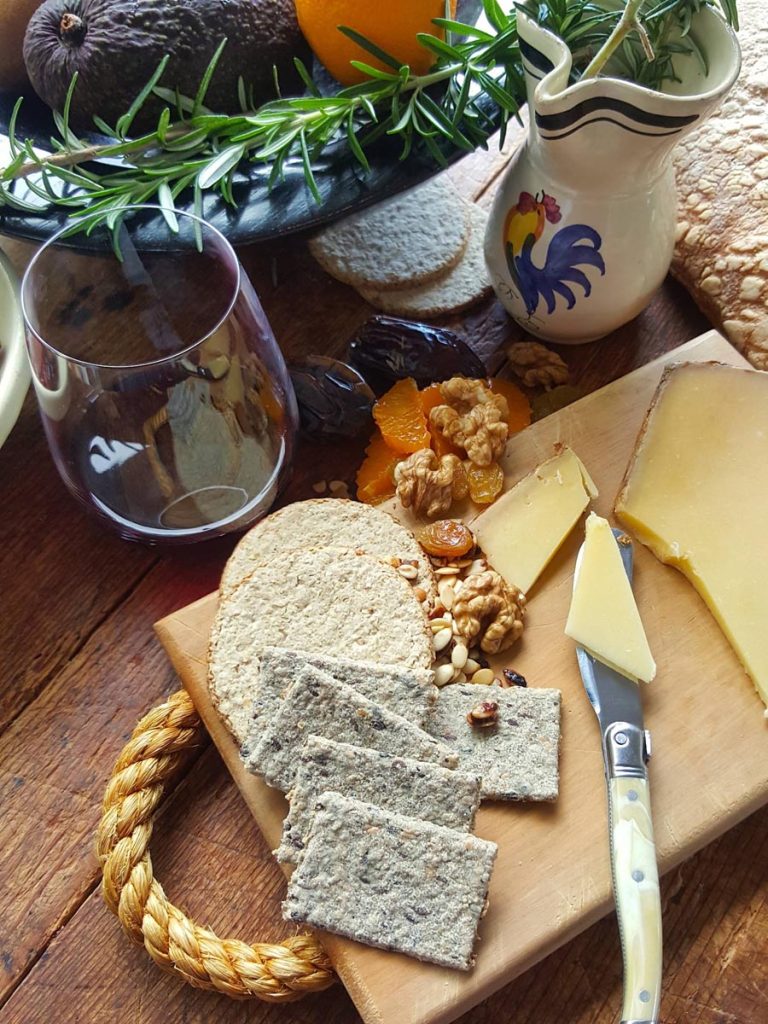
Sheep’s milk cheeses add flavour to dishes just like parmesan.
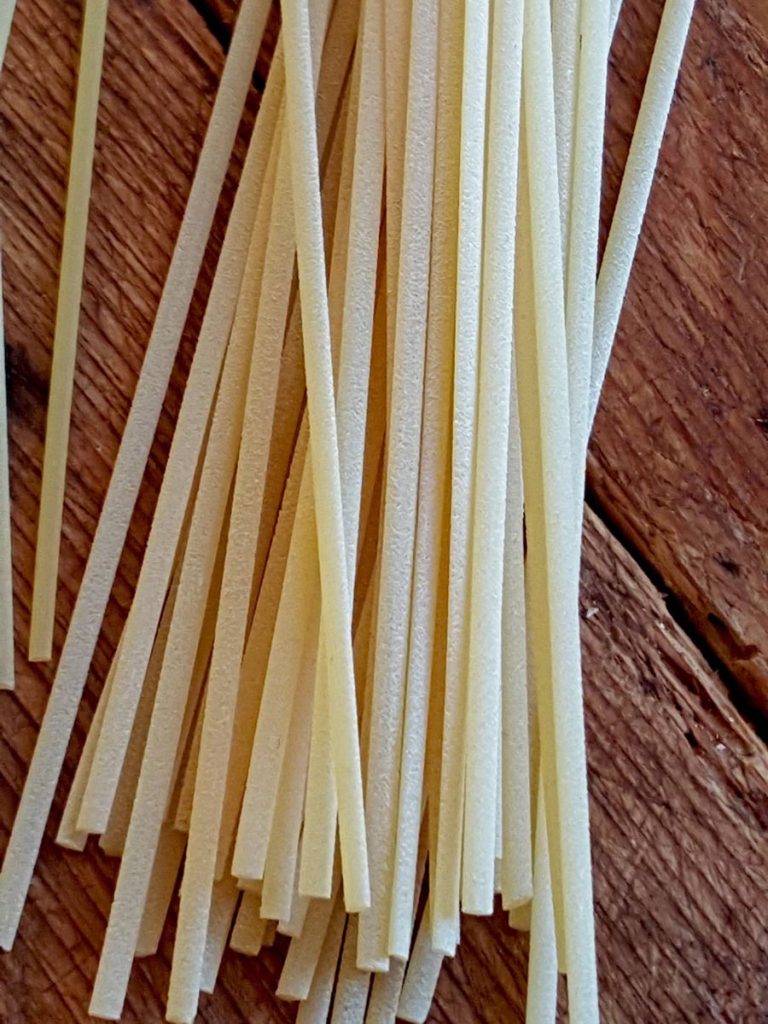
Fresh and dried pasta are different beasts and it needs to be said that neither one is superior to the other. What’s the difference?
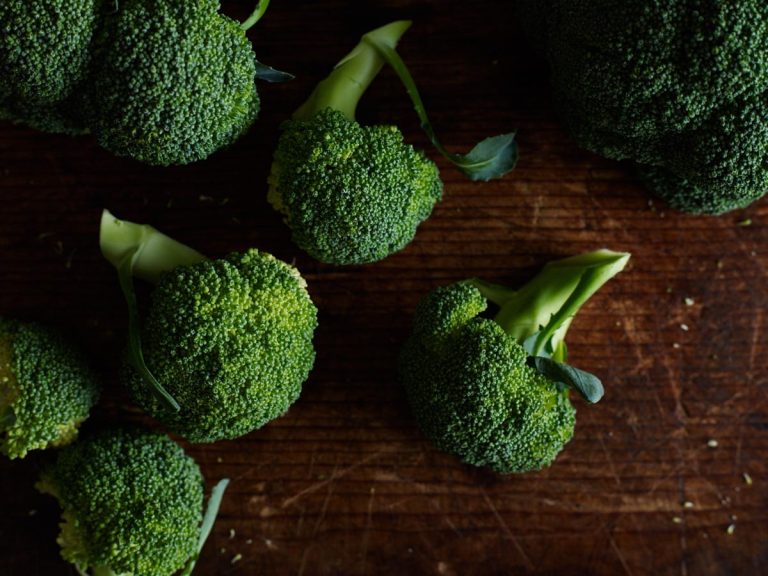
You’ll often see a heaping mound of broccoli at the market and, yep, that’s when you want to ROCK THE BROC!
No products in the basket.
Welcome to the new Shared Kitchen experience! If you encounter any issues, please let us know. Dismiss